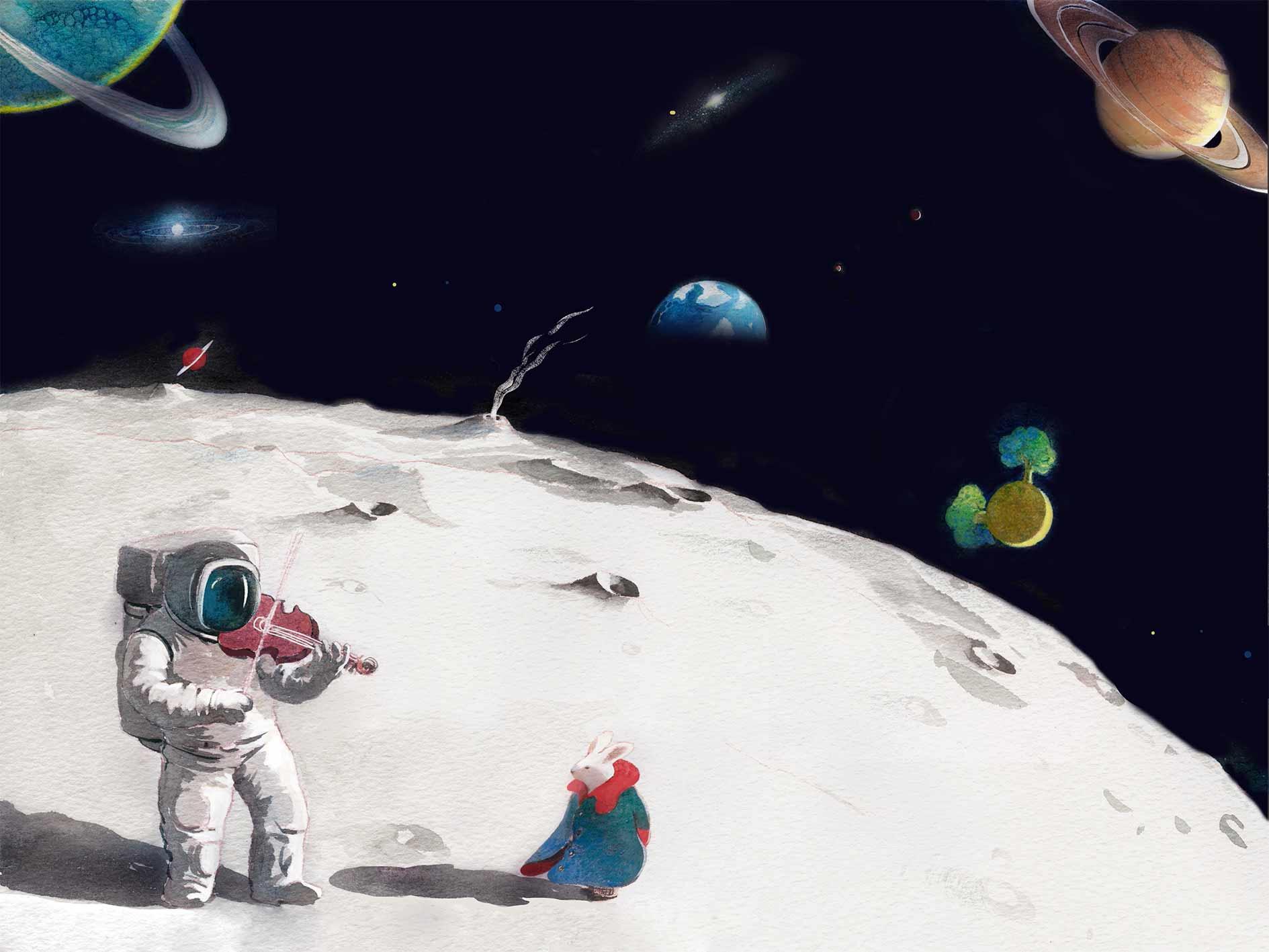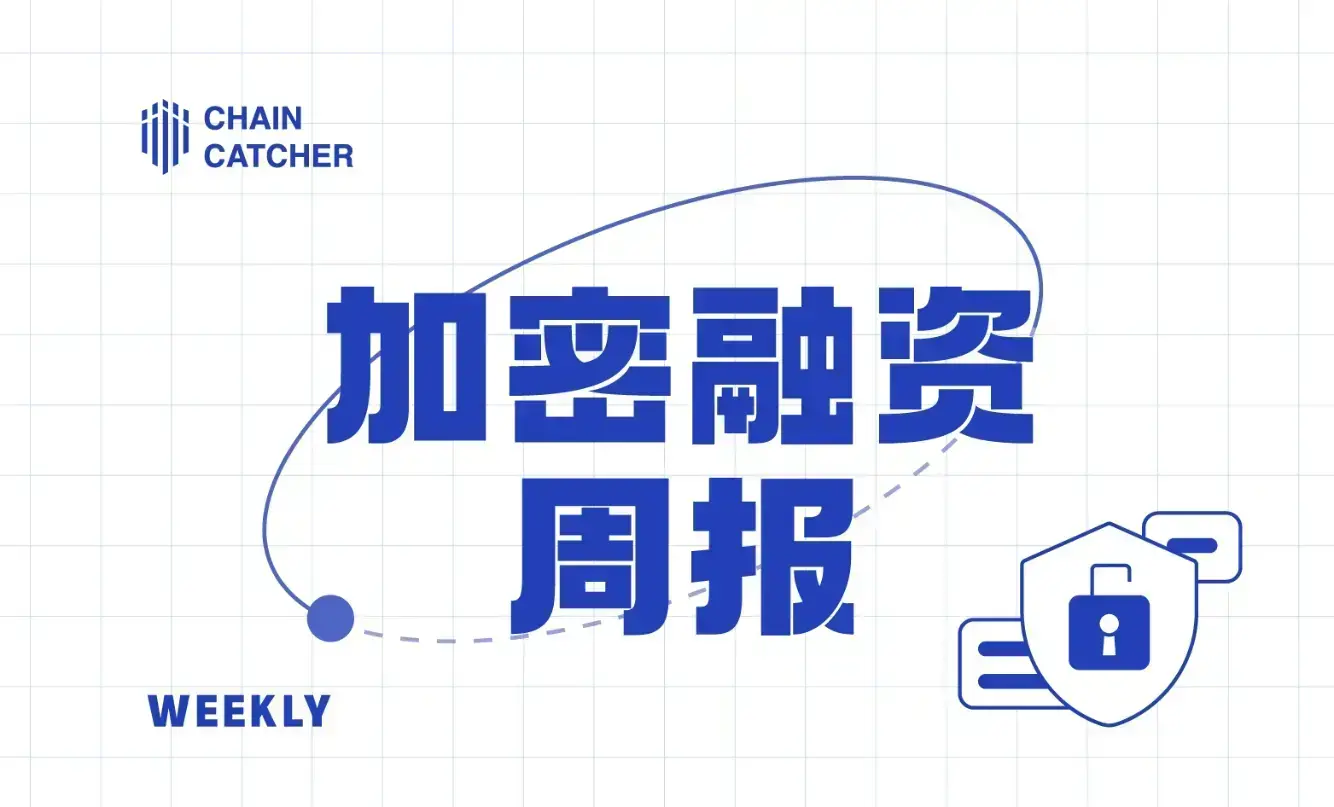BanklessDAO: How a Textbook DAO Achieves Decentralized Governance
Original Title: "BanklessDAO: How a Textbook DAO Achieves Decentralized Governance"
*Original Author: 237, *Lao Yapi
In 2013, Vitalik Buterin described the origins of DAOs for the first time in the Ethereum white paper.
In 2016, DAOs began to take root as Ethereum community members became deeply immersed in the decentralized world and started to become dissatisfied with the low conversion rates of traditional centralized organizational structures. This led to an exploration of decentralized organizational forms, resulting in the birth of the world's first DAO—Creation DAO (The DAO).
However, the development of DAOs was not smooth sailing thereafter. The fact that immature DAOs controlled large amounts of funds undoubtedly posed significant risks. In June 2016, The DAO suffered a hacker attack that ruthlessly proved this point. This attack even led to a hard fork of Ethereum.
Afterward, despite a large number of developers continuing to join, DAOs still experienced a period of silence.
It wasn't until 2021, driven by the bull market and crypto craze, that the concept of DAOs returned to the public eye. Numerous DAOs sprang up, and even appeared in many other applications, such as GameFi and DeFi.
However, behind the prosperity, not all was genuine. At this time, DAOs still faced many issues, with some even losing their original intentions for the sake of security or other goals.
Yet, there are still some DAOs that have remained true to their original intentions, reaching today through clever design and astonishing execution. What we are going to introduce today is a textbook DAO—BanklessDAO.
BanklessDAO—The Guardian of the Bankless Financial System

Founded in 2019, Bankless is a highly influential media outlet in the crypto community. It initially started as a newsletter tracking developments in the crypto industry, added podcasts and other content in 2020, and began operating formally as a company in 2021. As of today, it has achieved profitability, and its registered company name is Bankless LLC.
In May 2021, Bankless proposed to the community to launch Bankless DAO, marking the beginning of BanklessDAO's journey into the public eye.
On May 4, 2021, BanklessDAO officially launched, aiming to promote the concept of the Bankless movement. The goal of BanklessDAO is to advance the large-scale application and social consensus of a truly bankless financial system, with its core being Bitcoin, Ethereum, and the applications and dissemination of decentralized finance.
Bankless DAO is a typical decentralized autonomous organization, operating independently from Bankless media. The Bankless DAO community aims to create a conducive environment (onramp) for everyone to explore decentralized finance and technology.
Although initiated under the auspices of Bankless media, BanklessDAO is a product of community consensus. It does not have a legal entity as in traditional business society and operates completely independently from Bankless media. The two have no overlap in business or legal aspects.
Token and Membership

The BanklessDAO community is very open. Anyone can join the BanklessDAO server via Discord and gain access to browse most information and historical work documents. However, to participate in collaboration and meetings, one must become a member of BanklessDAO, which requires holding a certain amount of BANK tokens.

BANK Token is the native community governance token of BanklessDAO, with a total supply of 1 billion tokens. It is primarily used to coordinate all DAO activities and distribute to active community members.
The BANK Token itself has no intrinsic value; it merely represents a member's contribution and level of participation in the community. BANK has not been sold, and there are no investors behind it. Only members participating in community activities can obtain BANK, and participation in community activities is the only way to earn BANK. How participation is defined needs to be decided by BanklessDAO members through voting.
On May 4, 2021, members who had participated in BanklessDAO community activities received retroactive BANK allocations, with the distribution plan as follows:
30%—Members who participated in community activities
30%—Community treasury
40%—Allocated as a 3-year option linearly unlocked to the community treasury
Subsequently, the first proposal of BanklessDAO suggested modifying the above BANK distribution by taking 25% from the original community treasury allocation to give to Bankless LLC as options. The revised distribution plan is as follows:

BanklessDAO Governance Mechanism—Season Plan
BanklessDAO provides a variety of themed communication spaces for members to engage openly. However, unstructured chatting is clearly insufficient to promote the sustainable development of the DAO and achieve its goals.
As mentioned earlier, BanklessDAO has very clear objectives. Therefore, to achieve these goals, BanklessDAO established mechanisms such as the Season Plan, guilds, and project funding to coordinate the entire DAO's operations and manage outputs.
The Season Plan is a periodic plan for the development and financial planning of BanklessDAO. Each Season lasts for 3 months, roughly parallel to the natural quarters in reality, advancing with a fixed rhythm.
The purpose of setting Seasons is to clarify collective priorities, focus on goals, and increase directional awareness. Seasons are also very important in community incentives and the economic system, with budgets allocated at the beginning of each quarter to fund four different types of activities.
BanklessDAO Governance Mechanism—Guilds
The basic structure of BanklessDAO is built from various guilds. The standard definition of a guild in BanklessDAO is a talent pool dedicated to bringing together individuals with specific skills to serve the DAO. In nature, it is similar to different functional departments in a company.
Currently, there are 13 guilds formed, including writing, finance, translation, research, operations, marketing, legal, education, design, business development, development, video, and data analysis.
All the guilds listed above are completely open. If someone wants to join a particular guild, the only requirement is to fill in their name and specialties on the guild's Notion page.
Both guilds and project teams collaborate entirely through internet tools, with most discussions among guild members occurring on Discord. Typically, there is also a weekly voice meeting lasting 1-1.5 hours, where the consensus and conclusions formed during the meeting, as well as the decided tasks, will be recorded in Notion, maintained collectively, and tracked for progress.
Any member can participate in discussions or voice meetings of any guild. Additionally, almost all work documents and meeting minutes are fully open.
Among all the guilds, two hold a particularly special status: the Treasury Guild and the Operations Guild.
The Treasury Guild is responsible for the financial planning of the entire DAO, including not only the treasury but also potential revenue planning.
The Operations Guild essentially provides management and backend support for the entire DAO. Joining this guild also follows standard guild rules and is open to everyone. The specific responsibilities of the Operations Guild include:
1) Coordinating daily affairs to ensure the smooth operation of the entire DAO.
2) Supervising the daily activities of the DAO to ensure everyone's actions align with the vision.
3) Facilitating the DAO's ability to function smoothly and quickly at the organizational level.
4) Ensuring progress in core operations, personnel, budgets, goals, project delivery, and strategy.
5) Supporting collaborative work within the DAO.
The Operations Guild is the most active entity within the entire DAO. Most members in the Operations Guild possess high authority throughout the DAO, but this authority is not defined by a power structure dictated by rules; rather, it stems from their expertise, understanding and familiarity with the DAO, significant time investment, and ongoing support to members.
BanklessDAO Governance Mechanism—Project Funding
Projects are another crucial element in the operation of the DAO, constituting the driving force behind BanklessDAO's continuous development. They are organized actions that can produce specific outcomes beneficial to the DAO, generating revenue or brand influence.
Projects are generally divided into two types: those that do not require funding and those that do.
For projects that do not require DAO funding, discussions typically occur within the community, and members collaborate to advance them. As long as a consensus can be formed within a certain group and it does not harm BanklessDAO, the project can proceed without formal consensus voting or complex bureaucratic processes.
However, for projects that require DAO funding, there is a complex mechanism to guide them from idea to action and obtain funding. The purpose of this is to be accountable for the community's assets and establish corresponding traceable responsible parties for decision-making. The specific process is as follows:
1. Brainstorming
Projects usually originate from the sudden inspiration or careful consideration of one or more individuals, initially having a relatively limited scope. Therefore, when a project idea arises, it should first be discussed in a broader context to ensure that the idea is not developed in isolation. If the idea is not mature enough, it will be eliminated at this stage.
The discussion typically takes place in the guild channel relevant to the project's characteristics. If there is no related channel, a dedicated area called "Brainstorming" can be used for discussion.
If, after discussion, community members believe the idea has certain feasibility, a vote can be set up in Discord to organize other members' participation. However, this vote is merely to preliminarily test everyone's thoughts and does not possess high consensus.
2. Informal Consensus Check
This step occurs between brainstorming and formal consensus voting. Although it is called an informal consensus check, it has already formed a strict template. The template includes:
A. Summary—Summarize the proposal in a few key points or sentences.
B. Background—Why are you proposing this? What problem or opportunity does this proposal address? What are the driving factors behind your belief that this is a good idea?
C. Relevant Discussions—Link to any previous discussions on this topic within Discord.
D. Alignment with Mission and Values—How does this project help the DAO achieve its mission and align with its values?
E. Details—Provide a rough outline of the scope of work.
F. Required Resources—What DAO resources are needed? Which guilds must be involved to complete this work?
G. Brand Usage—If the project will use the BanklessDAO brand outside the DAO, please detail how the brand will be used.
H. Success Metrics or KPIs—How will the project's success be measured?
I. Next Steps—If this proposal is accepted, what is the action plan for the next steps?
J. Team Background—Who are you and what is your background?
K. Voting Status—The results of informal voting within the Discord channel.
If the project receives positive feedback at this stage, a separate project channel will be established for better communication. At the same time, more specific work scope, required budget, specific team members, etc., will begin to be defined. Most project advancements will be divided into multiple phases, starting from MVP to V1, V2, until the project matures into a self-sustaining stage.
3. Formal Consensus Check
After completing the informal consensus check, receiving feedback, defining the scope of work, and forming a team, a formal consensus check can be conducted. Taking this step indicates to the community that this proposal is significant and should be considered.
The formal consensus check will take place in a separate forum category and follow a different template.
As long as the proposal receives solid support in the forum, the funding committee will approve and fund the project based on the will of DAO members, unless there are significant warning signals that were not detected by community members.
4. Project Collaboration
When entering the project execution phase, the collaborative unit has shifted from the DAO level to the team level, resembling a typical small team in a distributed office.
The project team consists of a distributed group, generally between 5-15 people, with relatively fixed team members and task assignments. Members maintain collaboration through version control and documentation tools, and keep updates and discussions on key matters through online stand-ups, weekly meetings, etc. Project members also maintain close communication. However, almost all project teams maintain a high level of openness, with nearly all progress related to the project publicly available to all DAO members and even the world.










